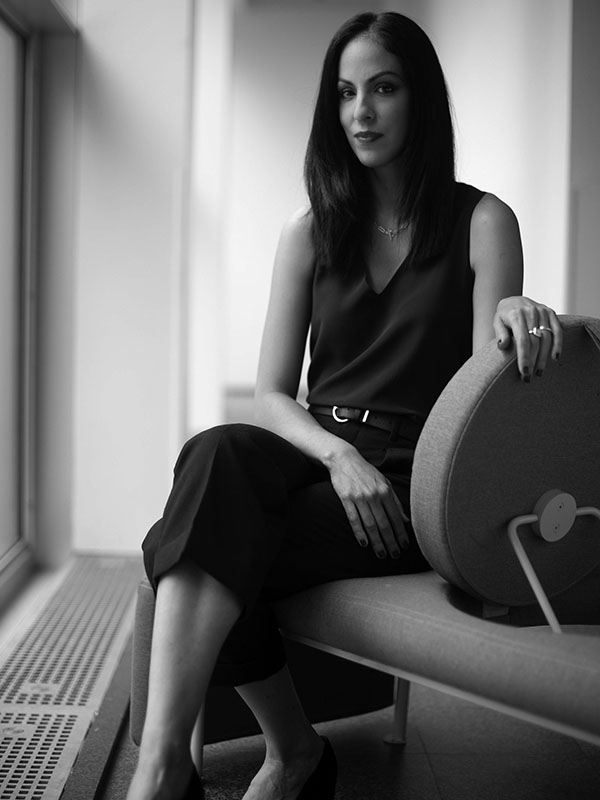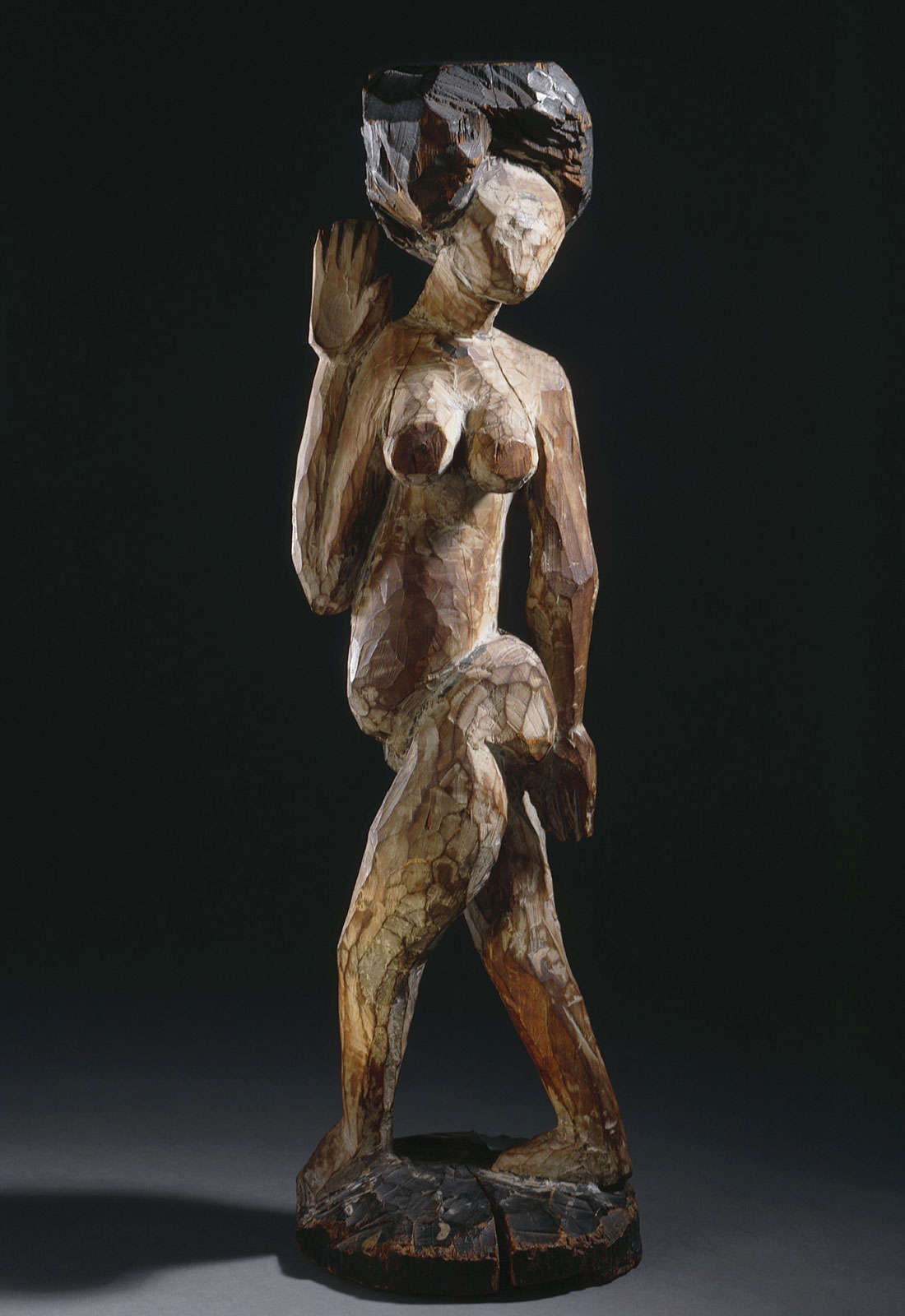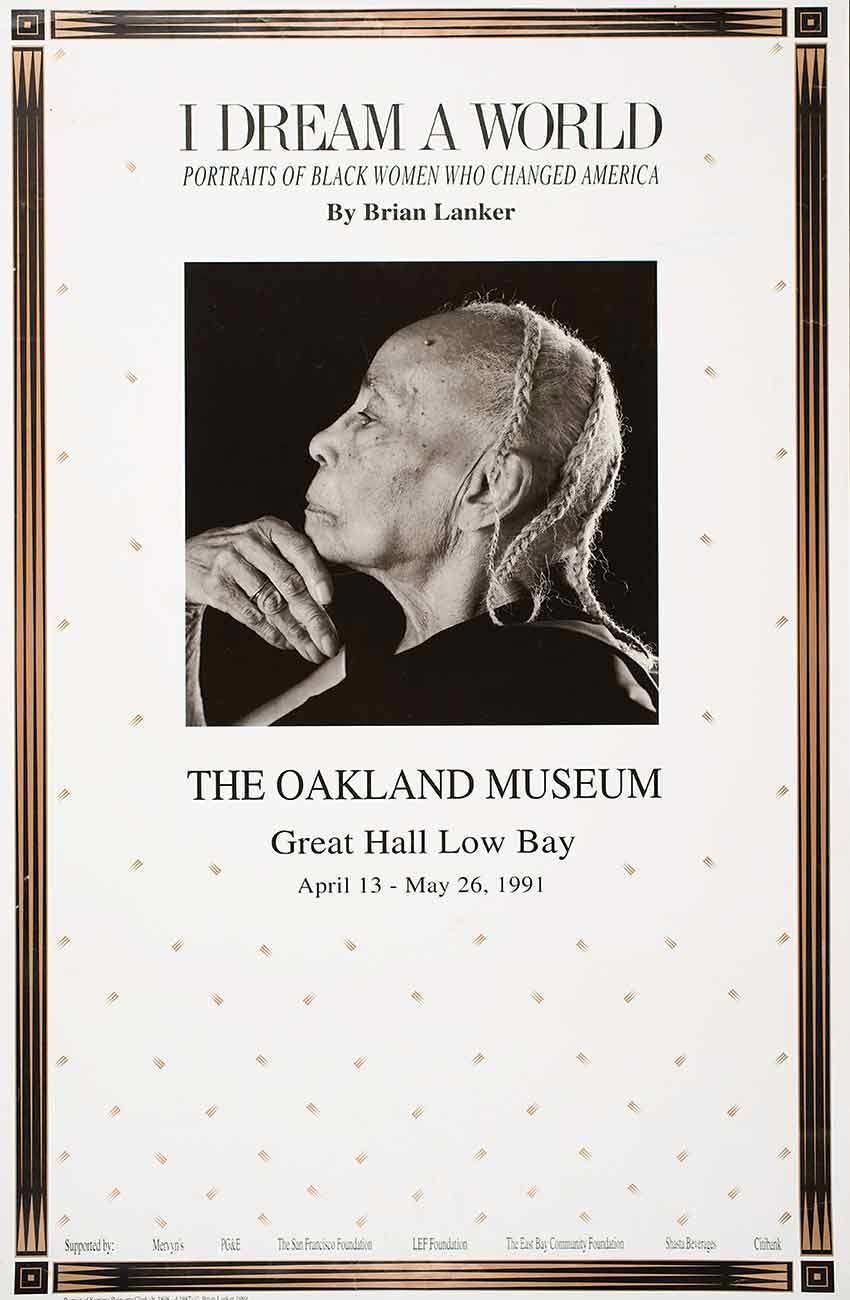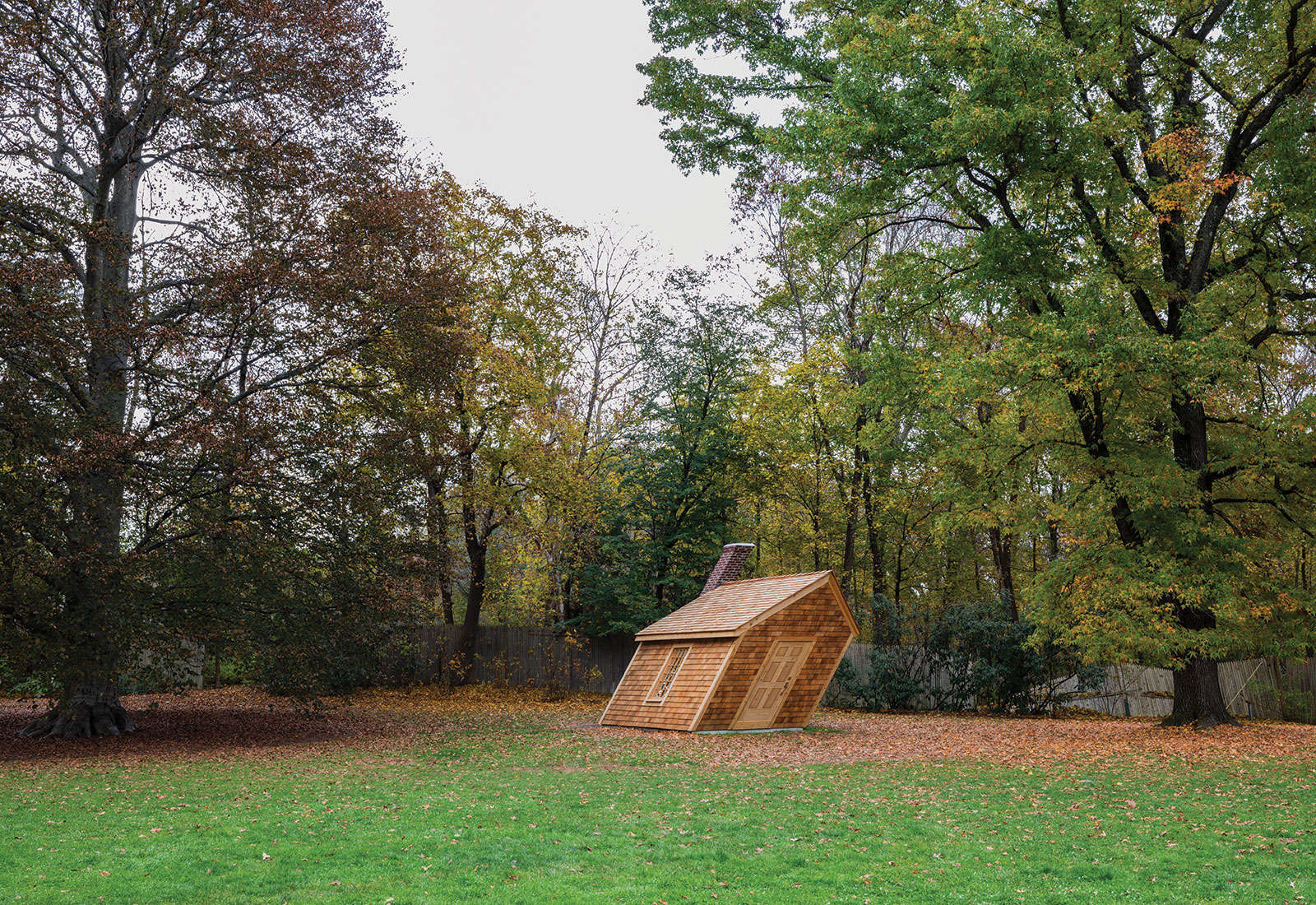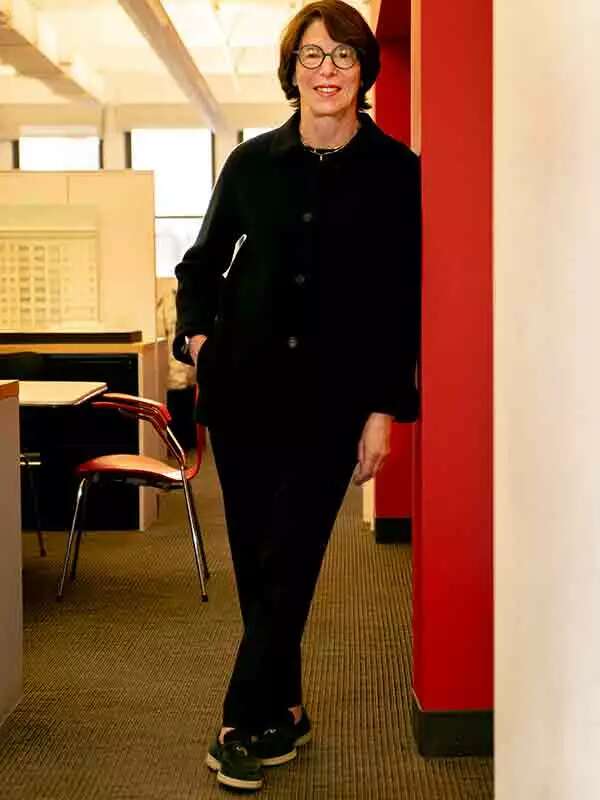
Having received an all-women’s education from elementary school until college, it has always been important to me to highlight and uplift women artists in the work that I do as a curator. The sculpture Muxeres en Mi / Womyn in Me (1) was shown at the MCA Chicago in the first exhibition I organized shortly after I started working at the museum in 2019, and it was acquired by the museum shortly thereafter.
The piece was part of the exhibition “Carolina Caycedo: Desde el fondo del río / From the bottom of the river,” which surveyed the previous decade of artist Carolina Caycedo’s practice, focusing on works that addressed the environmental destruction caused by dams and mines, as well as recognizing the women leading environmental and political movements around the world. The exhibition was part of the MCA’s Women Artists Initiative, an institutional effort toward gender equity that foregrounds the work of women artists and their ideas. This initiative has led the MCA on the path of having a program that is dedicated 50% to women-identified artists.
Muxeres en Mi / Womyn in Me (1) is a hanging sculpture made of garments that were donated mostly by friends and colleagues of Caycedo’s, sewn together to form a large-scale tapestry and then embroidered with the names of women artists who have been influential to the artist. As its title expresses, the work recognizes the previous generations of women who live within the artist and, by extension, the collectivity that exists within all of us.
The sculpture is meaningful in an art historical context because it sheds light on overlooked but seminal Latinx and Latin American women artists, who are often excluded from the art historical canon as well as from museum spaces. This work is also personally significant to me as a Puerto Rican because Carolina, who lives in Los Angeles but was born in London to Colombian parents, lived in Puerto Rico and is part of a generation of artists on the island, my own generation, whose work is socially and politically engaged.

